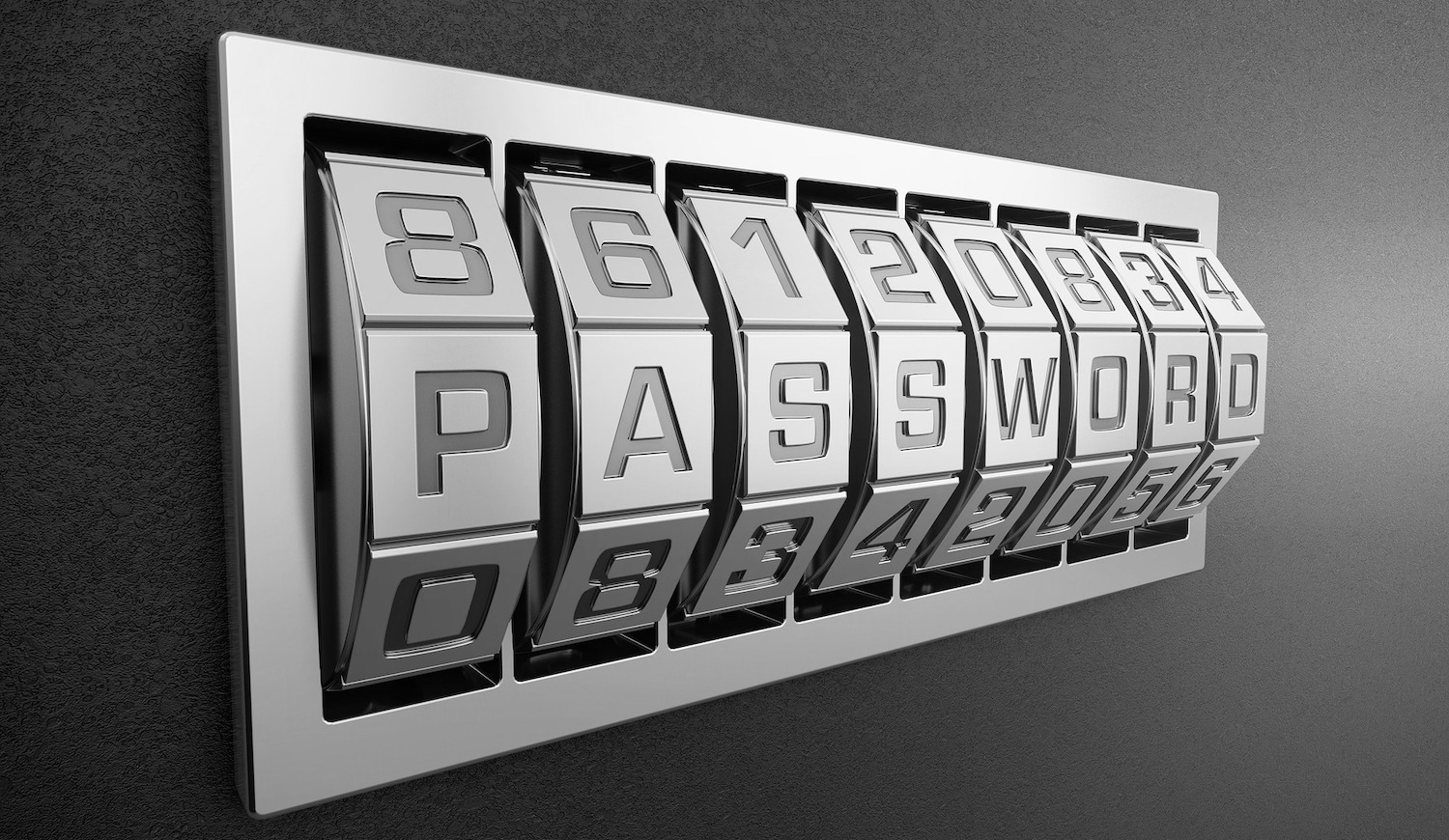iPhone and Apple do their best to protect your data and privacy. That's also why it has built-in security features to help prevent the other party from accessing your iPhone and iCloud data. The present privacy protection thus tries to minimize the amount of data that third parties have at their disposal (typically applications) and allows you to determine which information about yourself you want to share and which, on the contrary, you don't.
You use your Apple ID to access Apple services in the App Store, Apple Music, iCloud, iMessage, FaceTim, and more. It consists of the email address and password you use to log in. But it also includes your contact, payment and security information that you use for all Apple services. It claims to protect your Apple ID using the highest security standards. It simply wants to convey that your data will no longer flow from it, and that the responsibility for possible "leaks" is rather placed on the user - i.e. on you. It is up to you to ensure that your Apple ID and other personal data do not fall into the wrong hands. The key is to have a strong password that is definitely nothing like the ones listed in the article below.
It could be interest you

Have a strong password
Apple policy requires that you use a strong password with your Apple ID. However, this is already the standard today, and you should definitely not use passwords anywhere that do not meet the following conditions. So what must the Apple ID password contain? The minimum requirements are:
- Must be at least eight characters long
- Must contain lowercase and uppercase letters
- Must contain at least one digit.
However, you can of course add additional characters and punctuation to make your password even stronger. If you're not sure if your password is strong enough, visit your account page Apple ID and you better change your password.
It could be interest you

Security issues
Security questions are another possible way to verify your online identity. You may be asked for them in many cases, such as before changing your password and, of course, changing other information in your account, as well as before viewing your device information or making your first iTunes purchase on a new device. Usually jthey are designed to be easy for you to remember, but hard for anyone else to guess. So they can read: "What is your mother's maiden name" or "What was the make of the first car you bought" etc. Combined with other identifying information, they help Apple verify that no one else is trying to work with your account. If you don't have your security questions selected yet, there's nothing easier than visiting your account page Apple ID and set them:
- Log in to your account page Apple ID.
- Choose Security and click here Adjust.
- If you have already set security questions in the past, you will be asked to answer them before continuing.
- Simply select Change questions. If you need to set them, click on Add security questions.
- Then just select the desired ones and enter your answers to them.
- Ideally, add and verify your recovery email address.
The answers to the security questions are important to remember. If you forget them, you may be blocked from accessing your account. But forgetting them doesn't mean the end of your Apple ID. You can still renew them via email address. It is also possible that the above procedure will not work for you. This is because if you have already moved to a higher level of security questions, which is two-factor authentication. If you already use it, security questions are not needed for you. The next part will deal with this issue.
 Adam Kos
Adam Kos 


